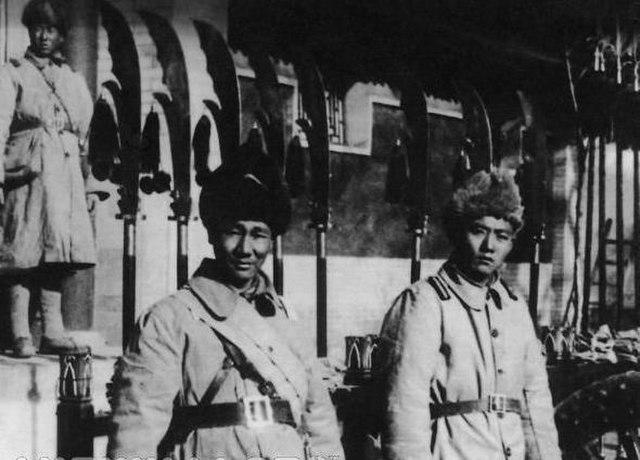Second Zhili–Fengtian War
The Second Zhili–Fengtian War of 1924 was a conflict between the Japanese-backed Fengtian clique based in Manchuria, and the more liberal Zhili clique controlling Beijing and backed by Anglo-American business interests. The war is considered the most significant in China's Warlord era, with the Beijing coup by Christian warlord Feng Yuxiang leading to the overall defeat of the Zhili clique. During the war the two cliques fought one large battle near Tianjin in October 1924, as well as a number of smaller skirmishes and sieges. Afterwards, both Feng and Zhang Zuolin, the latter being ruler of the Fengtian clique, appointed Duan Qirui as a figurehead prime minister. In south and central China, more liberal Chinese were dismayed by the Fengtian's advance and by the resulting power vacuum. A wave of protests followed. The war also distracted the northern warlords from the Soviet-backed Nationalists based in the southern province of Guangdong, allowing unhampered preparation for the Northern Expedition (1926–1928), which united China under the leadership of Chiang Kai-shek.

Jiangsu–Zhejiang Warlord Conflict
The Fengtian clique was the faction that supported warlord Zhang Zuolin during China's Warlord Era. It took its name from Fengtian Province, which served as its original base of support. However, the clique quickly came to control all of the Three Northeastern Provinces. The clique received support from Japan in exchange for protecting Japanese military and economic interests in Manchuria. The Fengtian Army frequently intervened in many of the conflicts of the Warlord Era.
Zhao Erxun, Viceroy (1911) and Governor (1912) of Fengtian
A portrait of Zhang Zuolin
A group photo of commanders of the Zhili–Fengtian united army, victors of the Zhili–Anhui war. From right to left, on the first row: Hua Shucheng, Zhu Yuxi, Zhang Zongchang, Yang Qingchen
Fengtian soldiers wearing ushankas





